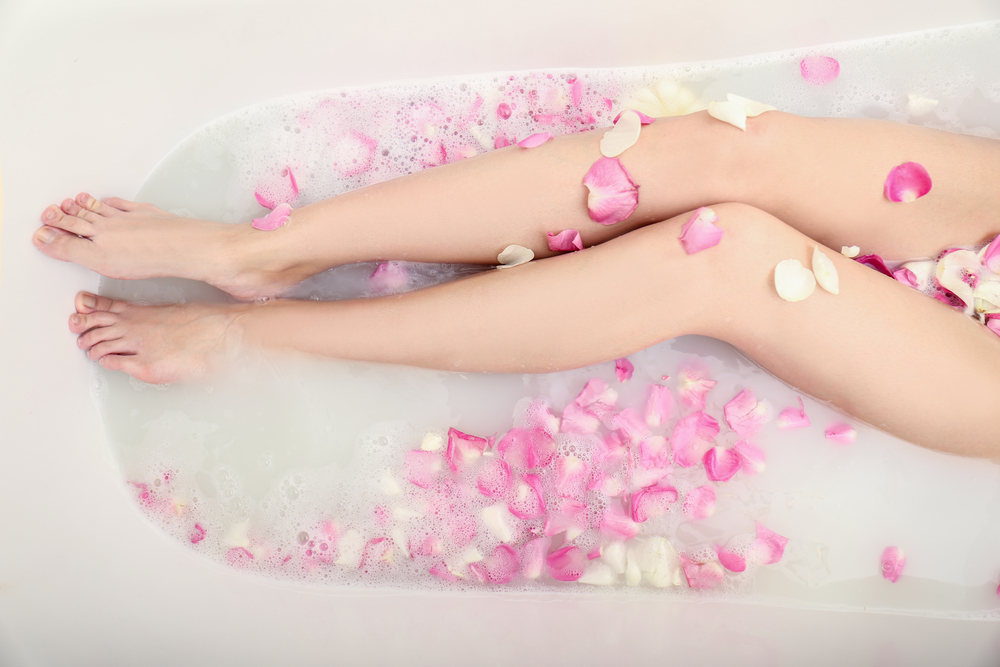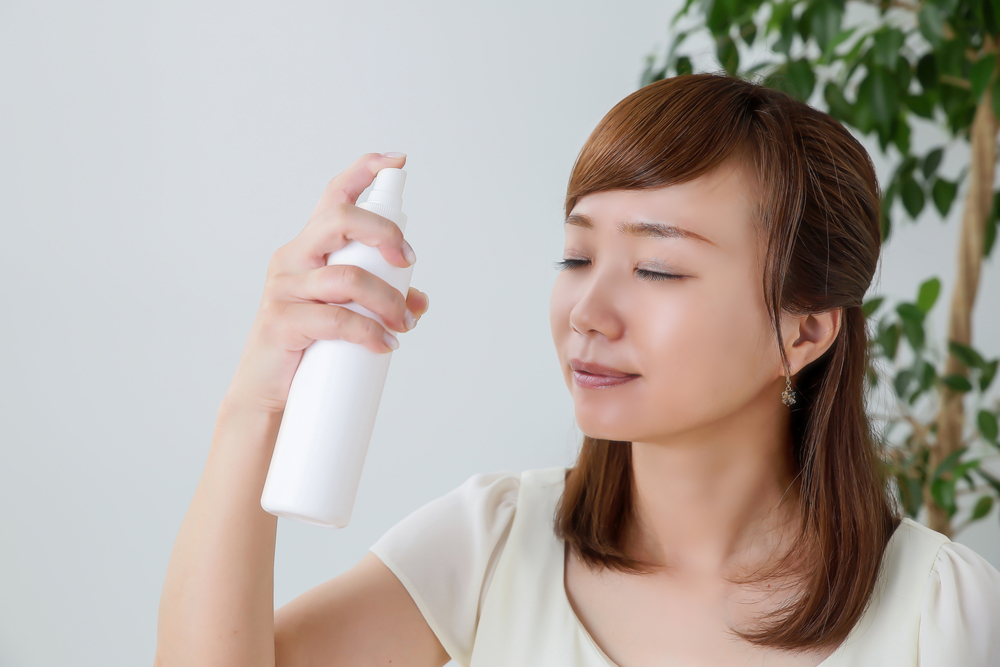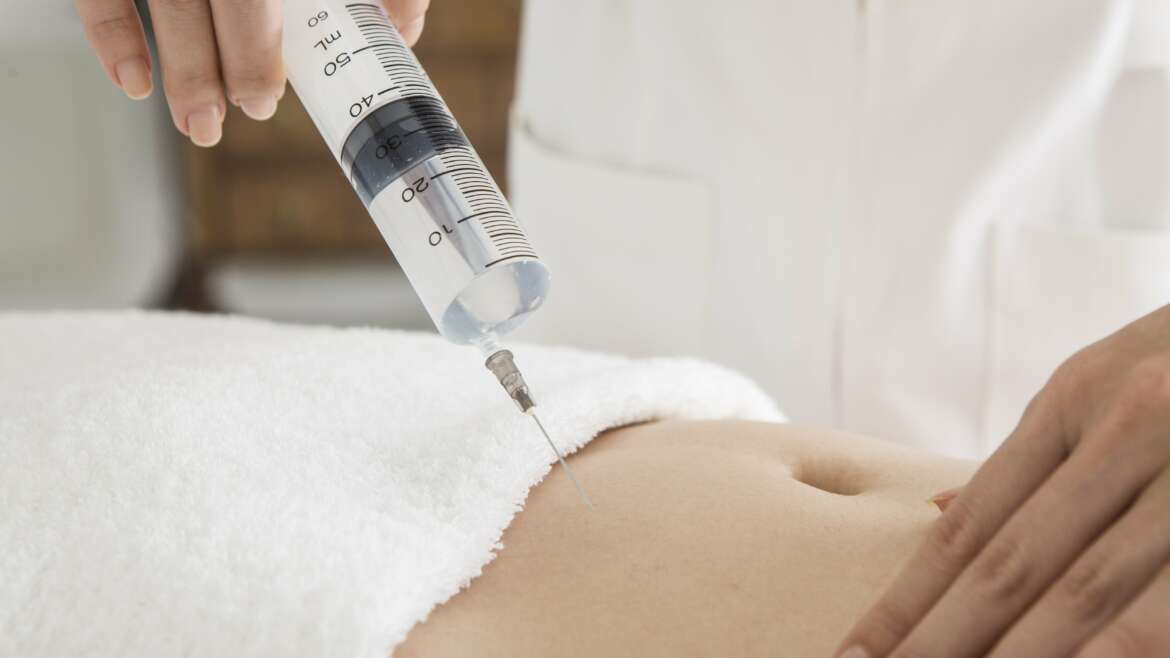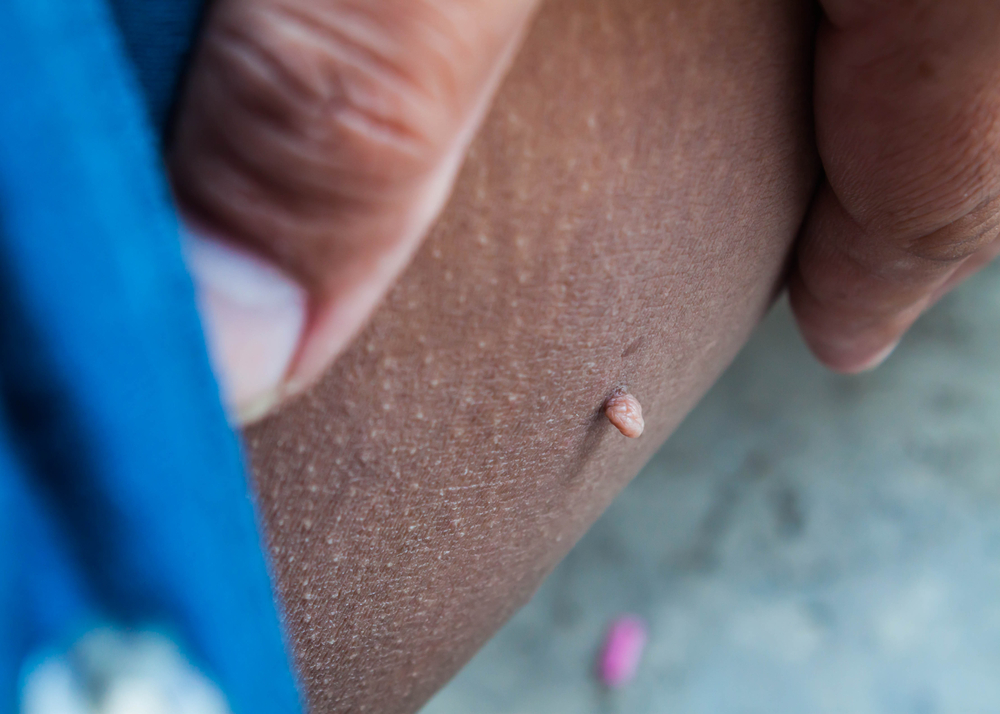- If you have rough, dry or flaky skin on your legs, exfoliation—a process that removes dead skin cells—may be the solution for you.
- The benefits of exfoliation include smooth, healthy-looking legs, clearer pores, improved circulation, and the ability to achieve a closer shave.
- Many products can be helpful for at-home exfoliation, including a dry brush, loofah, topical oils, and moisturizers.
If you have rough, dry or scaly skin, you may be searching for a solution to reveal the beautiful skin you know is hiding underneath. And for many women, their legs may show the impact of regular hair removal—through shaving, waxing, and harsh chemicals. Here’s how exfoliation can help.
The benefits of leg exfoliation
According to the American Academy of Dermatology, exfoliation is “the process of removing dead skin cells from the outer layer of your skin.” By removing these dead cells, you will reveal a new layer of healthier looking (and feeling) skin.
Silky smooth legs
Many people exfoliate their face several times a week, but legs can be forgotten during the colder, winter months when they are often hidden beneath clothing. Exfoliation can help keep your legs looking gorgeous and sleek.
Clearer pores
A secondary effect of the exfoliation process is the elimination of dirt and oil from pores. This removes one possible cause of acne, reducing the likelihood of future outbreaks. It may also help to prevent darkened pores by removing the surface layer of dead skin that can lead to strawberry legs.
Better circulation
Exfoliation can also boost blood circulation, bringing back color to dull-looking skin. Another plus is that improved circulation will also reduce the appearance of scars and cuts.
At-home and professional treatments
There are two main types of exfoliation treatments: physical (also called mechanical), and chemical.
People with dry or sensitive skin should avoid mechanical exfoliation, as it tends to further dry out the skin. On the other hand, those with oily or thick skin may benefit more from mechanical exfoliation or a stronger chemical exfoliation.
Physical exfoliation
Physical exfoliation involves the use of a tool. The most basic tool is your own fingernails to scrape away dead skin cells. Some other tools for mechanical exfoliation include a brush, loofah, microfiber cloth or a pumice stone.
Some topical skincare products can also be used for physical exfoliation. Creams and body scrubs that contain microbeads are widely available and designed to clear away dead skin cells. If you are looking for a DIY solution, you can also easily make your own sugar or salt scrub.
Microdermabrasion is a more involved method of physical exfoliation that uses tiny particles to remove the outer layer of dead skin cells. Although this can be done at home, you may get the best results by consulting with a skincare expert or licensed aesthetician.
Chemical exfoliation
Chemical exfoliation relies on products that often contain enzymes or acids to facilitate the removal of dead skin cells. Some chemical choices include citric acid, glycolic acid, malic acid, salicylic acid, and fruit enzymes.
People with more severe acne may choose a light chemical peel over physical exfoliation because it is less irritating or likely to disrupt the skin’s oil balance.
Your leg exfoliation routine
There are four simple steps you can follow at home to create a regular leg exfoliation routine. Here are the products you’ll need:
- A dry brush, loofah or exfoliating gloves
- Oil, such as Bio Oil or coconut oil
- Body polish, such as this brown sugar body polish, which contains real sugar crystals
- Moisturizer, such as this product, which comes in an easy to apply spray
1. Brush
Begin your routine by using a brush to loosen dead skin cells. Do this step on completely dry skin. Move the brush in a circular motion upward towards the heart while exerting gentle pressure.
Ideally, brush right before showering, while standing in the tub. In additional to being a vital part of the exfoliation process, dry brushing can also improve circulation and facilitate lymphatic drainage.
2. Wash
After brushing, step into the shower. The warm water will wash away any lingering dead skin cells in addition to opening the pores. Lather your loofah with cleanser and work the loofah using the same motion you used for dry brushing.
Rinse your legs again with warm water. Next, turn the water to the coolest tolerable temperature and rinse once more—this will close the pores to prevent further clogging.
Continue with your usual shower routine and wash from top to bottom.
If exfoliation is part of your shower routine, you can skip the polish-and-oil step and proceed directly to moisturizing.
3. Polish/oil
If you are exfoliating separately from your showering routine, you may skip the previous washing step and go straight to polishing. In general, body polishing performs the steps of washing without the need to get wet. You should look for a body polish that exfoliates, cleanses, and smooths bumpy skin.
After polishing, apply oil to the legs to lock in moisture.
4. Moisturize
The final step of any leg exfoliation routine is the application of moisturizer. While you should moisturize every day, it is especially important after exfoliating to keep skin hydrated and healthy.
Leg exfoliation for ingrown hairs
Ingrown hairs are often a result of a build-up of dead skin cells. Exfoliating before and after hair removal may help prevent ingrown hairs, especially around the bikini line. Over time, exfoliating will also allow you to get a closer shave.
Hair removal methods such as shaving and using chemical depilatory creams (such as Nair) are typically done once a week, so exfoliation can easily be incorporated into your routine.
People who remove leg hair by waxing get the added benefit of exfoliating in the process. The biggest drawback is that most women only need to wax every two months, so in between waxing sessions, another method of exfoliation will be necessary.
At-home exfoliation products
There are many exfoliating scrubs that can be made at home with inexpensive ingredients. At-home scrubs typically use salt, sugar or baking soda. Most people prefer sugar as salt tends to be more irritating.
Simply combine the juice of half a lemon with sugar and apply to the skin. People with sensitive skin should use honey instead for a more gentle exfoliating scrub.
Oatmeal is another natural exfoliant that has many added benefits for people with sensitive skin or conditions such as eczema or psoriasis. Mix oatmeal with a small amount of salt or sugar and apply in a circular motion to the legs, as you might with a dry brush or loofah.
What is over-exfoliation?
Although exfoliation is a necessary and beneficial process for healthy, beautiful legs, it is possible to overdo. Over-exfoliation can lead to red and irritated skin. In general, dermatologists recommend exfoliating no more than once per week.
For people with darker skin, including African-American or Asian people, over-exfoliating can lead to the development of lighter patches on the skin, so they should be wary of exfoliating too often.
» If you have questions about the best procedures or products to include in your skincare regimen, consult with our medical review team.
Best Products for At-Home Leg Exfoliation
Here are some of the best tools and products to help you create your own at-home leg exfoliation routine.

Wholesome Beauty Dry Skin Brush
The Wholesome Beauty Dry Skin Brush has all-natural bristles and a strap, allowing you to gently exfoliate your skin. It’s sold with a convenient travel pouch and a stick-on hook for your bath or shower.
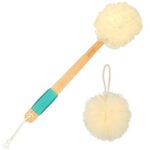
Vive Loofah Brush
Vive Loofah’s soft mesh material is great for removing dead skin cells without causing irritation. This loofah brush is attached to a long handle, making it easier to scrub hard to reach areas. Vive also throws in a regular loofah poof with every purchase, making it a deal that’s hard to beat.

EvridWear Exfoliating Bath Gloves
These heavy duty exfoliating gloves from EvridWear allow you to scrub your skin more thoroughly than a brush. Made entirely from nylon fibers, EvridWear gloves are more durable than most exfoliating gloves, and can be machine washed and dried.
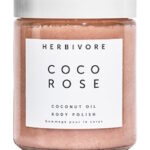
Herbivore Coco Rose Body Polish
A mix of virgin coconut oil and Moroccan rose, this all-natural body polish exfoliates without drying the skin. It comes in a pretty light pink color that smells of coconut and rose petals. Made in the USA from ethically-sourced raw materials, Herbivore Body Polish is also free of sulfates, parabens, and artificial ingredients. It isn’t tested on animals, either — exfoliation doesn’t get more ethical than that.

Neutrogena Sesame Body Oil
This lightweight body oil is perfect for locking in moisture after exfoliating in the shower. It should be applied directly after showering, while the skin is still damp, in order for it to absorb properly. Non-greasy, sheer, and with very little scent, you won’t even feel like you’re wearing moisturizer.





